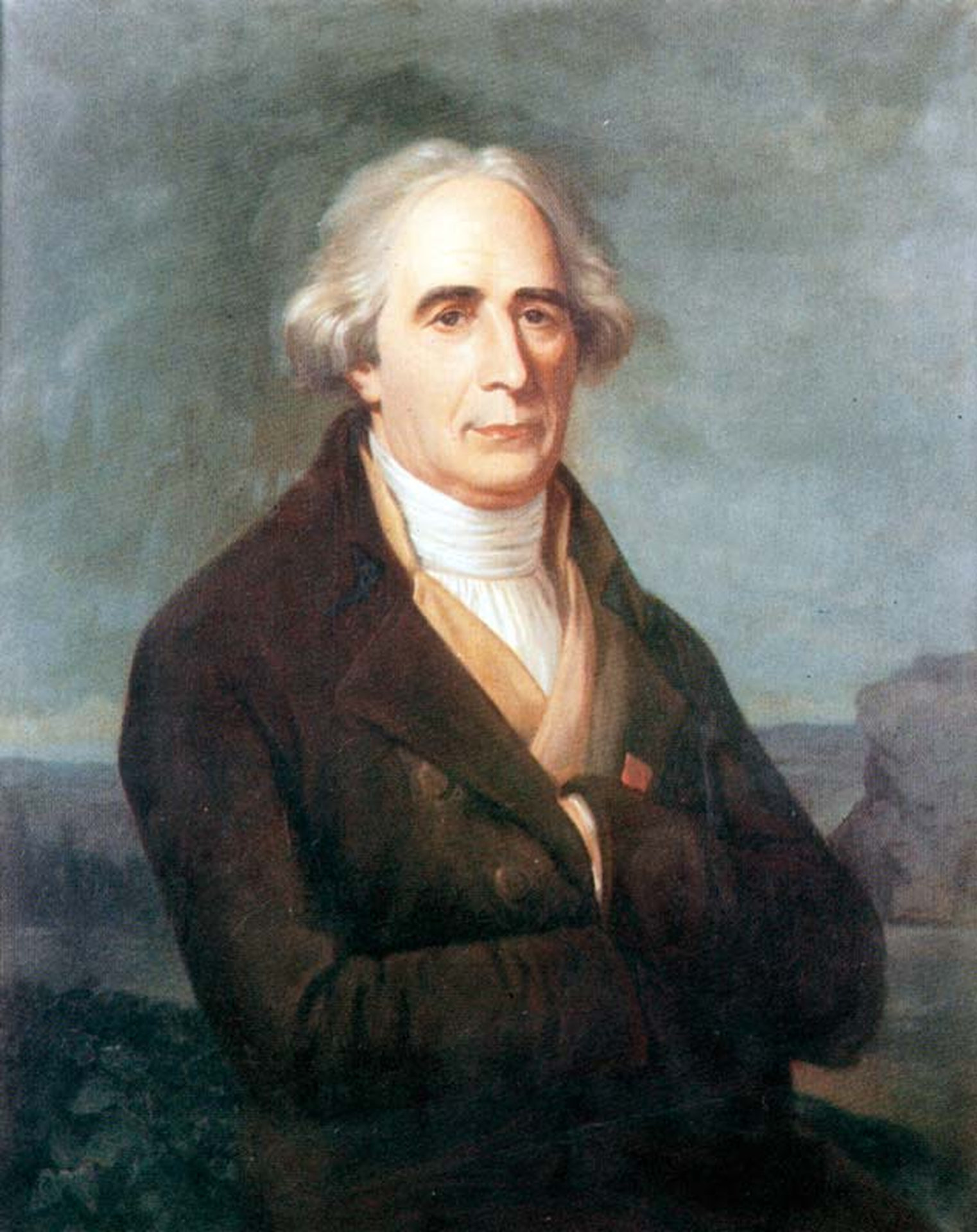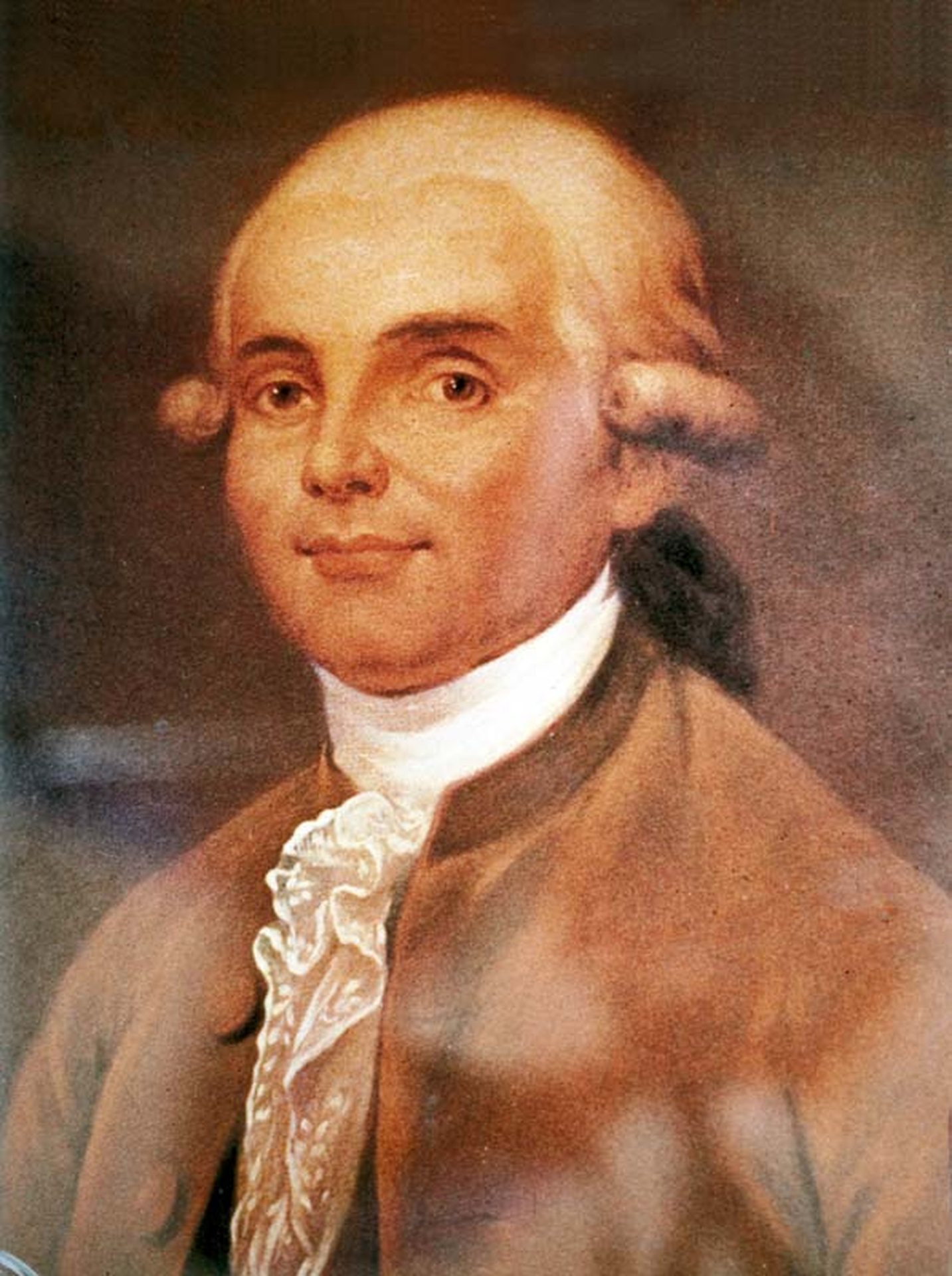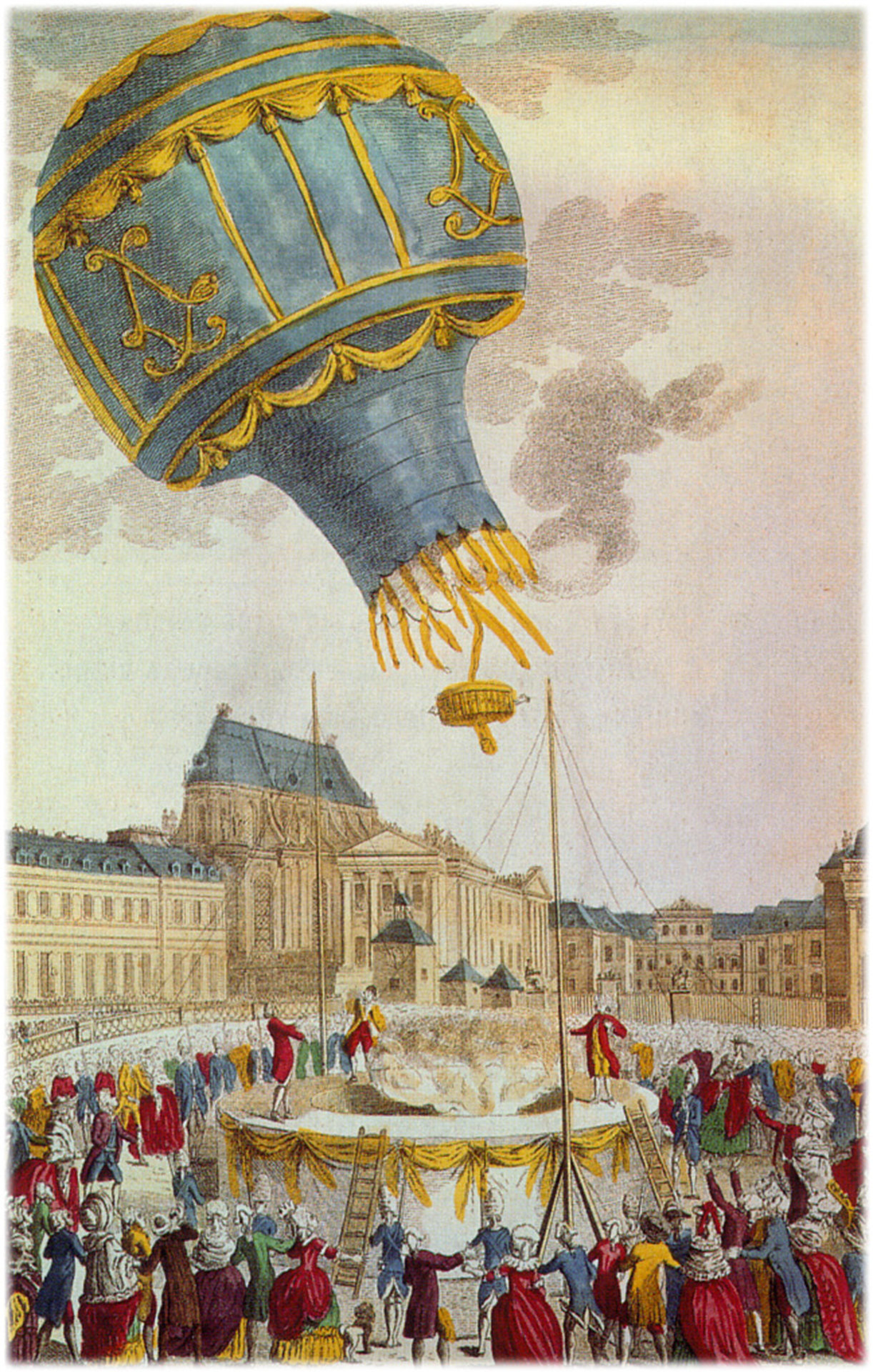1783, A Flight That Changed History: The Montgolfier Brothers’ Balloon
I might be getting way off topic, but ever since my fascination with paper airplanes started recently, I thought it would only be fitting to trace the origin of paper. Well, that’s how I imagined it, but I soon rediscovered the Montgolfier brothers. Their name was familiar to me, but their story was unknown until now. So, I thought it would be nice to share it with you.


The story of the Montgolfier brothers, Joseph-Michel and Jacques-Étienne, is just incredible. These two guys basically kicked off humanity’s journey into the skies. They were born into this paper manufacturing family in a little town called Annonay, France, and somehow managed to take what they knew about paper and turn it into the first successful hot air balloon. How cool is that?
It all started with this simple observation—Joseph-Michel noticed that heated air could lift light objects, like laundry drying over a fire. Imagine him just sitting there, watching the clothes puff up and float for a moment, and thinking, “What if we could make something bigger do that?” Pretty everyday stuff, right? But that spark of curiosity turned into a revolutionary idea. He roped in Jacques-Étienne, who had a knack for practical problem-solving, and together they started experimenting with whatever materials they had at hand—paper, cloth, string. They must have had so many trial-and-error moments, laughing at their failures and marveling at their little victories.
Their first big win came in November 1782. Picture this: a small, homemade balloon, patched together like a delicate quilt, being filled with hot air for the first time. And then—it worked! It lifted off the ground. They must’ve felt like they were witnessing magic. Fired up (pun intended), they went bigger, and by June 4, 1783, they were ready to show off. They held this public demo in Annonay. Just imagine the scene—a big open field, townsfolk gathered, murmurs of disbelief and excitement as this balloon, probably wobbling a bit at first, ascended higher and higher. It soared up to about 1,600 to 2,000 meters, stayed up there for 10 minutes, and traveled over a mile. People must’ve been looking at each other, mouths open, thinking, “Is this the future?”

Their fame quickly spread, and soon enough, they caught the attention of the French court. And you know what that meant—an even bigger stage. On September 19, 1783, they put on this massive show at the Palace of Versailles, with none other than King Louis XVI and Marie Antoinette watching. This time, the balloon was even more magnificent, covered in decorations and symbols of the monarchy. But what really stole the show? The passengers. A sheep, a duck, and a rooster. Yep, a flying farm! The balloon floated for eight minutes and landed safely a couple of miles away. People cheered; they laughed. It was as if they were watching the impossible become reality. And the whole point of this flight was to prove that living creatures could survive such an adventure. And guess what? It worked like a charm.
But their biggest moment—the one that made history—came on November 21, 1783. This was the day humanity officially left the ground. Pilâtre de Rozier and the Marquis d’Arlandes stepped into one of the brothers’ balloons, hearts probably pounding, and took to the skies. Imagine the scene: a huge crowd gathered in Paris, holding their breath as the balloon rose into the crisp autumn air. The flight lasted 25 minutes, covering over five miles, and they reached nearly 3,000 feet. The balloon itself must’ve been stunning—adorned with intricate designs, its flame glowing against the fabric as it floated over the city. Can you picture the awe, the gasps, the sheer wonder as people craned their necks to follow its path? It wasn’t just a flight; it was a moment that proved humans could defy gravity, even if just for a little while.
Of course, their invention wasn’t perfect. Early balloons relied on open flames for heat, which, let’s be honest, wasn’t the safest setup. There were stories of singed balloons, frantic landings, and constant tinkering. That’s when other inventors, like Jacques Alexandre César Charles, stepped in with hydrogen balloons—longer flights, better control, but not quite the same romantic charm as the Montgolfiers’ hot air designs. Still, you’ve got to give the brothers credit. They showed the world that flying wasn’t just a dream—it was possible, tangible, and within reach.
And they didn’t stop there. Joseph-Michel later invented this incredible device called the hydraulic ram, something that helped with water supply, while Jacques-Étienne kept innovating in the family paper business. Their name became a symbol of creativity, determination, and the audacity to chase the impossible.
Today, hot air balloons are everywhere. They’re used for fun, for scientific research, and even as symbols of adventure and freedom. Think about those festivals where the sky fills with colorful balloons of all shapes and sizes, floating like gentle giants. It all goes back to two brothers in a small French town who dared to look at a fire and see the sky. It’s a reminder that sometimes, the simplest observations—like laundry floating in the air—can lead to something truly extraordinary. And isn’t that just the best kind of story?
So next time you see a hot air balloon drifting peacefully across the sky, take a moment to think about the Montgolfier brothers and their incredible journey. I hope you enjoyed this journey into the story of the Montgolfier brothers and the birth of flight. Until next time, keep looking to the skies!
Discover more from Buffalo Air-Park
Subscribe to get the latest posts sent to your email.

